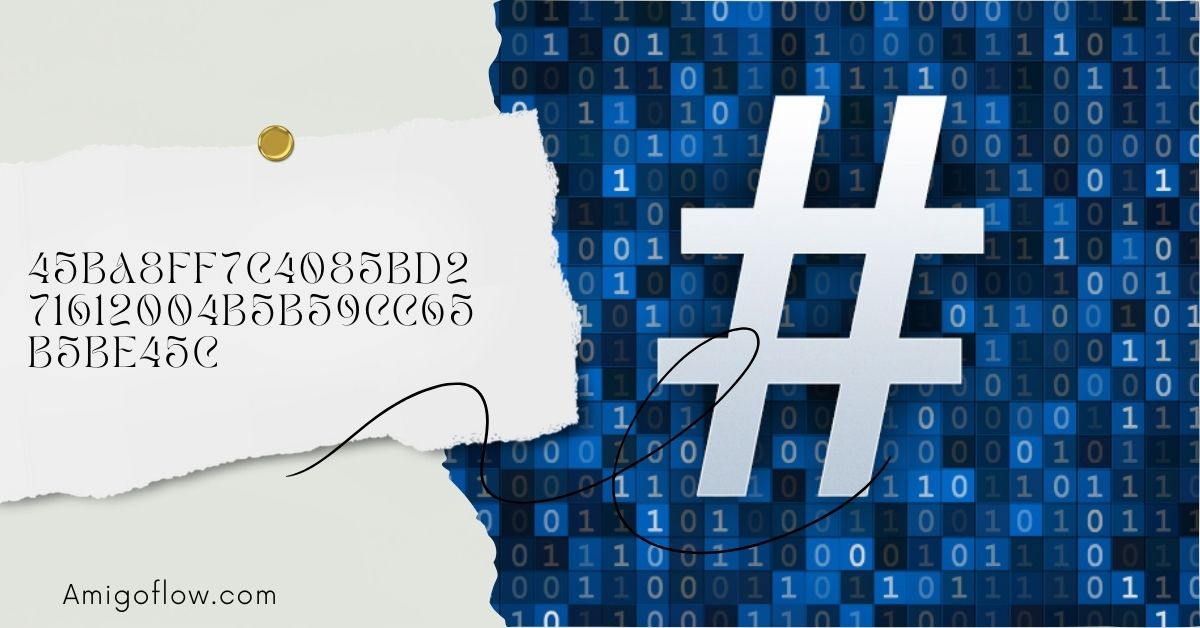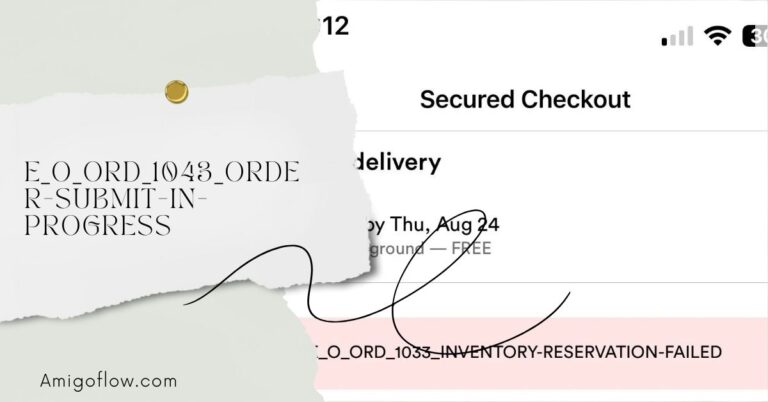In today’s digital age, where information is constantly being exchanged and stored, security is paramount. One of the most effective tools for ensuring data integrity and confidentiality is the use of cryptographic hashes.
A cryptographic hash is a mathematical function that transforms any input data into a fixed-size string of characters, which appears random. One such example of a cryptographic hash is 45ba8ff7c4085bd271612004b5b59cc65b5be45c. This article explores what this specific hash represents, its implications, and its relevance in our digital world.
What Is a Cryptographic Hash?
Definition
A cryptographic hash function takes an input (or “message”) and returns a fixed-size string of bytes. The output is typically a digest that uniquely identifies the input data.
Characteristics of Cryptographic Hash Functions
- Deterministic: The same input will always produce the same output.
- Fast Computation: It should be quick to compute the hash value for any given data.
- Pre-image Resistance: It should be difficult to reconstruct the original input from its hash output.
- Small Changes in Input Change the Output: Even a tiny change in the input should produce an entirely different hash.
- Collision Resistance: It should be challenging to find two different inputs that produce the same hash.
These characteristics make cryptographic hashes essential for various applications, including data integrity verification, password storage, and digital signatures.
The Importance of Hashes in Technology
Data Integrity
Hash functions play a vital role in ensuring data integrity. By generating a hash of data when it is created and checking it at a later time, we can confirm that the data has not been altered. For example, when downloading software, a hash value can be provided by the developer. Users can then compute the hash of the downloaded file to verify its authenticity.
Security of Sensitive Information
Hash functions are extensively used in the security of sensitive information. Passwords, for instance, should never be stored in plain text. Instead, they are hashed, and the hash is stored.
When a user logs in, the system hashes the entered password and compares it to the stored hash. If they match, access is granted. This method ensures that even if the database is compromised, the actual passwords remain secure.
Digital Transactions
In digital transactions, hash functions ensure the integrity and authenticity of messages. For instance, in blockchain technology, each block contains the hash of the previous block, creating a secure chain.
If someone attempts to alter a transaction, the hash will change, and the entire chain will become invalid. This feature is fundamental for cryptocurrencies like Bitcoin.
Decoding 45ba8ff7c4085bd271612004b5b59cc65b5be45c
What Does 45ba8ff7c4085bd271612004b5b59cc65b5be45c Represent?
The string 45ba8ff7c4085bd271612004b5b59cc65b5be45c is an example of a SHA-1 (Secure Hash Algorithm 1) hash. SHA-1 produces a 160-bit hash value, typically rendered as a hexadecimal number, 40 digits long.
Although SHA-1 has been widely used in various applications, it is considered weak due to vulnerabilities that allow for collision attacks, where two different inputs can produce the same hash.
Use Cases of 45ba8ff7c4085bd271612004b5b59cc65b5be45c
- Version Control Systems: In systems like Git, hashes are used to identify changes made to files. The hash 45ba8ff7c4085bd271612004b5b59cc65b5be45c could represent a specific commit or version of a project.
- Digital Signatures: Hashes are often used in creating digital signatures to verify the authenticity of messages. The integrity of signed documents can be checked against their hash values.
- Software Distribution: Developers may use such hashes to allow users to verify the integrity of downloaded software packages.
The Future of Cryptographic Hashes
Evolving Security Standards
As technology evolves, so do the methods used to secure data. Although 45ba8ff7c4085bd271612004b5b59cc65b5be45c serves as an example of a SHA-1 hash, security experts are moving toward stronger algorithms like SHA-256 and SHA-3.
These newer standards offer enhanced security against collision and pre-image attacks, making them more suitable for today’s security needs.
Blockchain Technology
The rise of blockchain technology has highlighted the importance of cryptographic hashes. As seen in cryptocurrencies, hashes not only secure transactions but also ensure the transparency and immutability of records.
The continuous development of blockchain technology will further solidify the role of cryptographic hashes in secure digital communications.
FAQs
What is a cryptographic hash?
A cryptographic hash is a mathematical function that converts an input into a fixed-size string of characters. It is designed to be secure and ensures data integrity by producing a unique output for each unique input.
Why is the hash 45ba8ff7c4085bd271612004b5b59cc65b5be45c significant?
This hash exemplifies the use of SHA-1, a widely used cryptographic hash function, highlighting its role in data integrity and security in various applications, including digital signatures and software distribution.
How do cryptographic hashes enhance security?
Cryptographic hashes enhance security by enabling data integrity checks, securing sensitive information like passwords, and ensuring authenticity in digital transactions. If the data changes, its hash will also change, alerting users to potential tampering.
Are there risks associated with using SHA-1 hashes?
Yes, SHA-1 is considered weak due to vulnerabilities that allow for collision attacks. Therefore, it is recommended to use more secure hashing algorithms like SHA-256 for critical applications.
How do I verify the integrity of a file using its hash?
To verify a file’s integrity, you can compute the hash of the downloaded file and compare it to the hash value provided by the developer. If the hashes match, the file is intact; if not, it may have been altered.
Conclusion
The hash 45ba8ff7c4085bd271612004b5b59cc65b5be45c is more than just a string of characters; it represents a crucial element of digital security.
Cryptographic hashes play a significant role in ensuring data integrity, securing sensitive information, and facilitating digital transactions. As technology continues to advance, the importance of robust cryptographic hashing methods will only grow, reinforcing the need for strong, reliable data security practices.
















